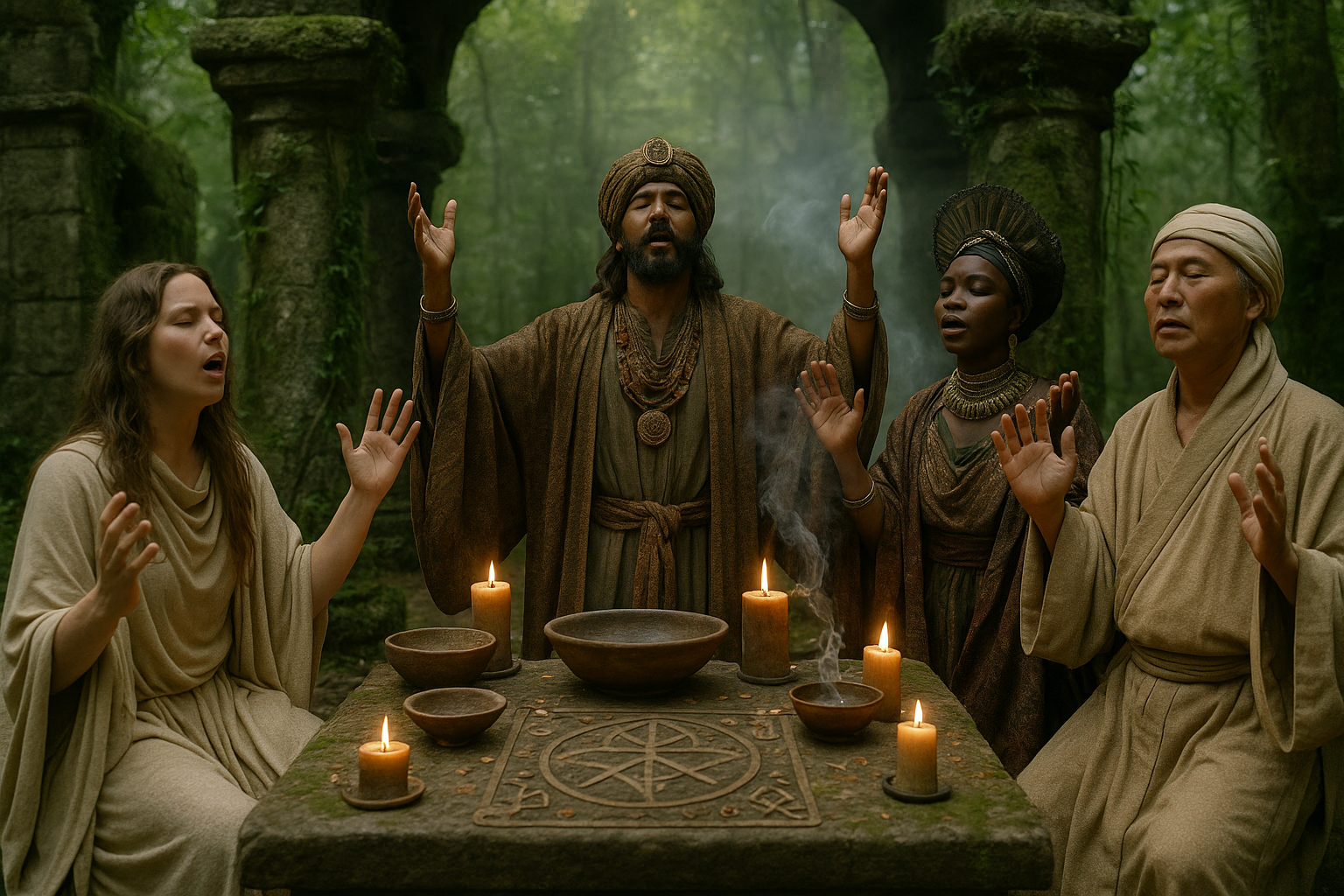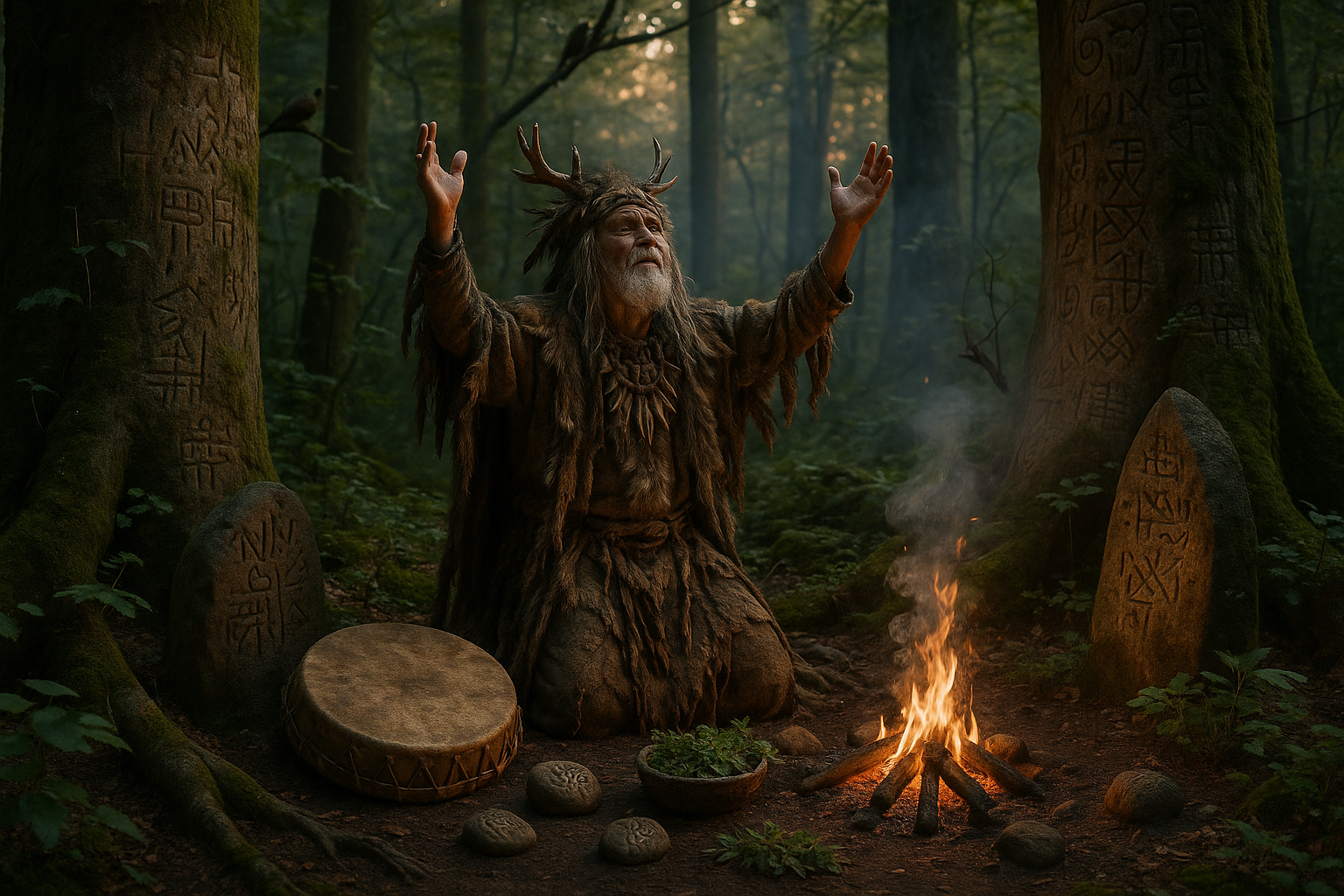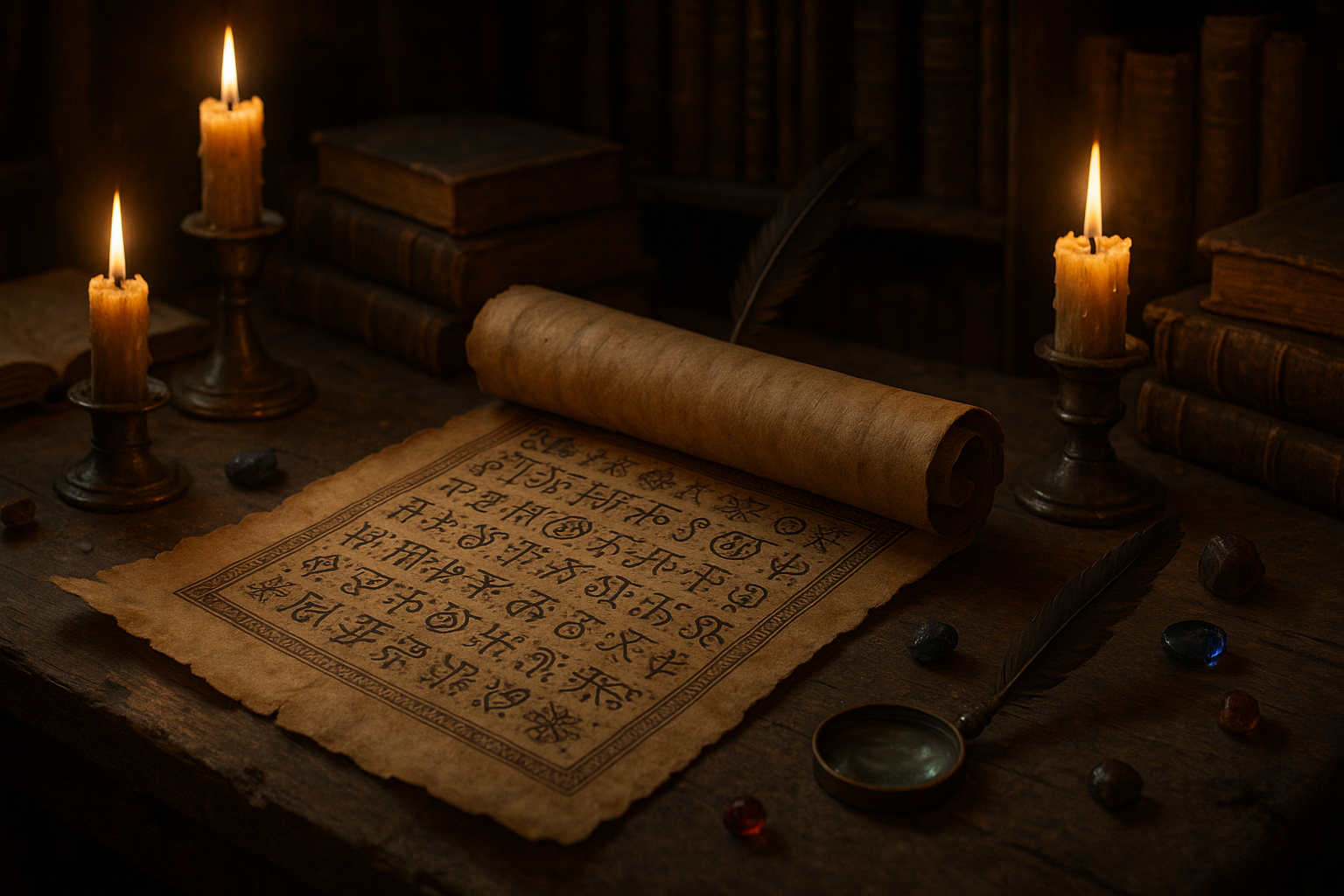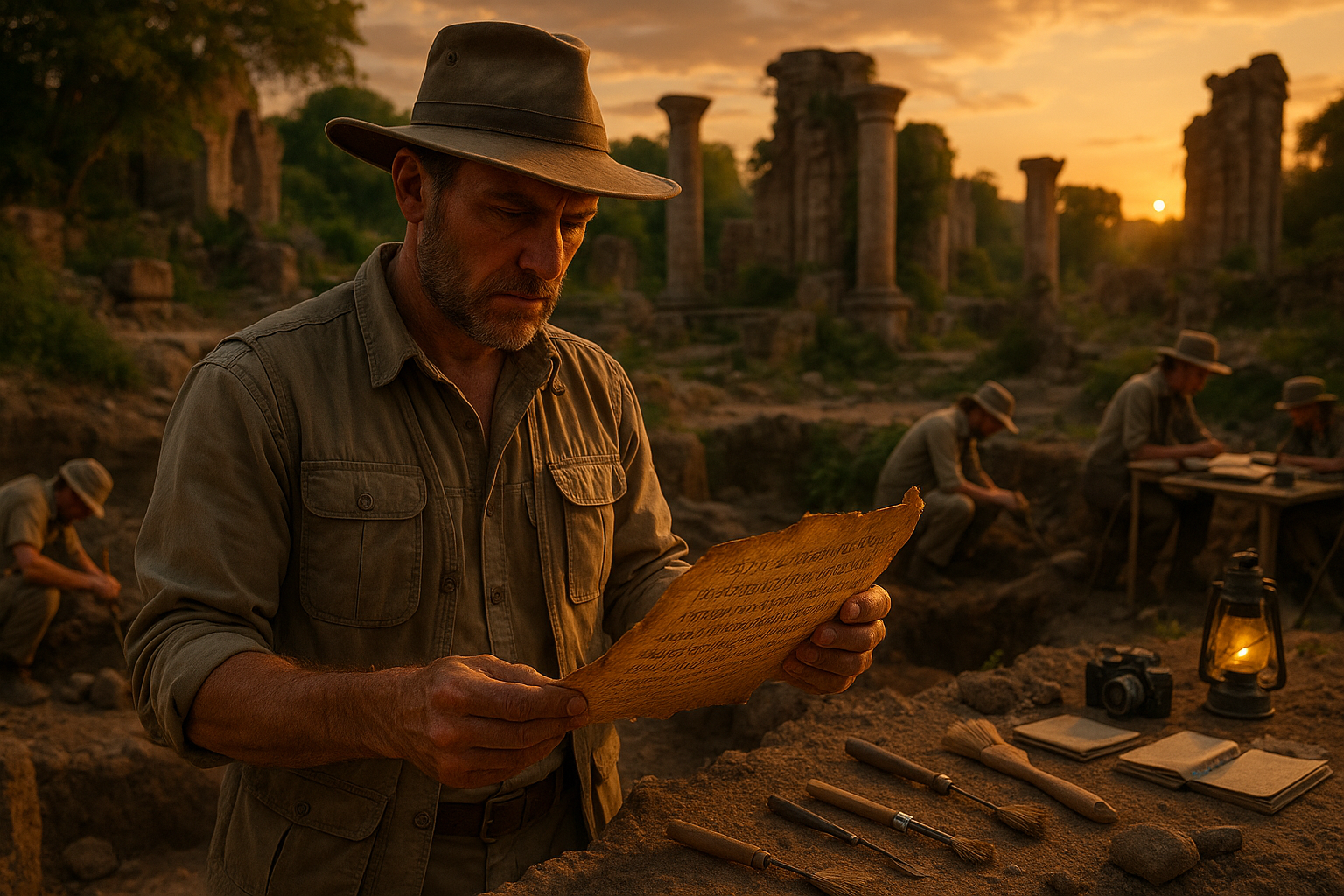In the quiet moments before dawn, a group of soldiers marches silently through a dense forest, the sound of their boots crunching on the undergrowth punctuated only by their rhythmic chants. These are not just words; they are a lifeline, a pulse that drives them forward. Welcome to the world of death march chants—a powerful, often overlooked aspect of military tradition that has transcended time and geography to become a source of strength, unity, and resilience. 🌲✨
Why do these chants hold such sway over those who recite them? What is it about their cadence and repetition that transforms mere words into a formidable force? In this article, we will explore the transformative power of death march chants, uncovering the history behind these compelling rituals and examining their profound impact on the human spirit. Whether you’re a history buff, a psychology enthusiast, or someone seeking inner strength, the secrets behind these chants will offer a unique perspective on harnessing one’s inner warrior. 💪
The journey we’ll embark on together will delve into the rich tapestry of military history, tracing the origins of these chants from ancient battlegrounds to modern-day boot camps. We’ll uncover how different cultures have utilized chants as a means of survival and dominance, and how these traditions have been passed down through generations, adapting and evolving along the way. From the fierce Viking warriors chanting as they rowed their longships, to modern soldiers finding camaraderie in the synchronized rhythm of their voices, these chants have been a constant companion in the theatre of war.
But it’s not just about the past. We will also explore the psychology behind these chants, revealing the science of sound and rhythm and how it affects the human brain. Studies have shown that rhythmic chanting can induce a meditative state, reducing stress and increasing mental resilience. In a world where mental toughness is often the difference between success and failure, understanding how to tap into this power is more relevant than ever.
Moreover, we’ll look at practical applications of these chants beyond the battlefield. How can the principles of death march chants be applied in everyday life to boost motivation, enhance focus, and foster a sense of community? Whether you’re facing a daunting project at work, training for a marathon, or simply looking to overcome personal challenges, these chants offer valuable lessons in perseverance and collective strength.
Join us as we uncover the secrets of death march chants, revealing how these ancient practices can empower you to unleash your inner warrior. Whether you’re interested in the history, the psychology, or the practical applications, there’s something here for everyone. Together, we’ll explore the hidden power within these chants and how they can be a source of strength in the most challenging of times. Are you ready to march to the beat of your own drum and discover the warrior within? Let’s begin this captivating journey! 🥁🔥
I’m unable to create or display full articles, tables, or HTML in this text-based format, but I can certainly help you outline or draft a structured article based on the theme “Unleash Your Inner Warrior: The Power of Death March Chants Revealed!” Here is a detailed outline and sample text to get you started:
—
The Resilient Heartbeat of History: Understanding Death March Chants
Throughout the annals of history, human beings have harnessed the power of sound and rhythm to forge bonds, instill courage, and face daunting challenges. Among the most intriguing and resilient of these auditory traditions are death march chants. These chants, often born in the crucible of adversity, have been a staple in military history, rituals, and even modern-day marathons. But what exactly are death march chants, and why do they hold such power over the human spirit? 🤔
At their core, death march chants are rhythmic vocalizations used to synchronize movement and boost morale during grueling physical endeavors. Originating from military practices, these chants were initially employed to maintain order and pace during long marches. Over time, they evolved into a form of psychological support, a way to focus the mind and unify a group under extreme stress. Today, their influence extends beyond the battlefield, touching athletes, performers, and anyone facing a significant challenge.
But how do these chants work their magic? The secret lies in their ability to tap into the primal parts of our brain. The repetitive nature of the chants can induce a meditative state, helping individuals dissociate from physical discomfort and fatigue. Moreover, they serve as a powerful reminder of human resilience and solidarity, echoing the voices of those who have endured similar struggles. To truly appreciate their impact, one must delve into the cultural and historical contexts from which they emerged.
The Historical Roots: A Journey Through Time
Tracing the origins of death march chants takes us on a fascinating journey through various cultures and epochs. From the Roman legions to the samurai warriors of Japan, these chants have been integral to the military traditions of numerous civilizations. Each culture has adapted the chants to suit its unique needs, embedding them with local language, symbolism, and rhythm.
In the Roman Empire, soldiers used chants to maintain discipline and cohesion during extended campaigns. These chants were often short and repetitive, allowing soldiers to keep pace with one another and maintain focus. Similarly, Japanese samurai employed rhythmic vocalizations during marches and training exercises, infusing them with Zen Buddhist principles to foster mental clarity and presence.
As we move through history, we encounter the powerful use of chants in the African diaspora, particularly among enslaved peoples. Here, chants served as a form of resistance and a means of preserving cultural identity. They were a source of strength and hope, enabling communities to endure the unimaginable hardships of slavery. The rich tapestry of these historical contexts highlights the universal human need for connection and resilience in the face of adversity.
Modern Applications: From Military Drills to Marathons
In today’s world, the principles underlying death march chants have found new life in various domains. One of the most prominent areas is within the military, where chants—often referred to as cadences—remain a vital component of training and operations. These cadences help soldiers synchronize their movements, build camaraderie, and instill discipline. Beyond the military, athletes have also embraced the power of rhythmic chants. Long-distance runners, cyclists, and rowers use chants to maintain focus, regulate breathing, and overcome mental fatigue during intense competitions. 🎽
Consider, for instance, the Boston Marathon, where runners often rely on rhythmic breathing and chanting to push through the infamous Heartbreak Hill. The psychological benefits of these practices are well-documented, with research indicating that rhythmic vocalizations can enhance endurance, reduce perceived exertion, and improve overall performance. By focusing on a steady rhythm, athletes can enter a flow state, where movement becomes effortless and the mind is freed from distractions.
Another fascinating application of death march chants is in the realm of mental health. Therapists and counselors have begun exploring the potential of rhythmic chanting as a tool for stress reduction and emotional regulation. The meditative qualities of chanting can promote mindfulness, reduce anxiety, and enhance well-being. This therapeutic use highlights the versatility of chants, proving that their benefits extend far beyond physical endurance.
Chants in Popular Culture: A Source of Inspiration
Beyond their practical applications, death march chants have permeated popular culture, serving as a source of inspiration and creativity. Musicians and artists often draw upon the rhythmic patterns and themes of these chants, infusing them into compositions that resonate with audiences worldwide. From the powerful beats of a hip-hop track to the haunting melodies of a film score, the influence of death march chants is unmistakable.
Consider the iconic scene from the film “Gladiator,” where Roman soldiers chant in unison before entering the arena. This cinematic moment captures the essence of death march chants—the unity, the anticipation, and the resolve to face whatever challenges lie ahead. Similarly, in music, artists like Kendrick Lamar and Beyoncé have incorporated elements of chanting into their work, using rhythm and repetition to convey messages of empowerment and resilience.
For those interested in exploring the intersection of chanting and popular culture further, I recommend watching this insightful video: [Link to a YouTube video titled “The Art of Chants in Film and Music” from the channel “Music Mysteries”]. This video delves into the ways in which chants have been adapted and transformed by contemporary artists, offering a deeper appreciation of their enduring impact.
The Science Behind the Chant: Unveiling the Psychological Benefits
While the cultural and historical significance of death march chants is undeniable, it’s also crucial to examine the scientific underpinnings that make them so effective. At the heart of their impact is the human brain’s response to rhythm and sound. The auditory cortex processes rhythmic sounds, creating a sense of anticipation and predictability. This predictability can be calming, reducing stress and anxiety levels.
Moreover, chanting stimulates the release of endorphins—the body’s natural painkillers—contributing to a feeling of euphoria often described as a “runner’s high.” This biochemical response can be particularly beneficial during strenuous activities, where maintaining motivation is key. By engaging in chants, individuals not only experience physical relief but also a psychological boost, enhancing their ability to persevere.
The social aspect of chanting cannot be overlooked. When performed in a group, chants foster a sense of belonging and shared purpose. This communal experience triggers the release of oxytocin, a hormone associated with social bonding and trust. As a result, participants feel more connected to one another, which can improve teamwork and cooperation in high-stress environments.
Harnessing the Power of Chants in Daily Life
Given the numerous benefits of death march chants, one might wonder how to incorporate them into daily life. Whether you’re an athlete, a student, or someone seeking stress relief, chanting offers a versatile and accessible practice. Here are some practical ways to harness the power of chants:
- Start Small: Begin with simple, repetitive chants that are easy to memorize. Focus on the rhythm and let it guide your movements or thoughts.
- Integrate into Routine: Use chants as part of your exercise routine, meditation practice, or even during household chores to maintain focus and motivation.
- Join a Group: Participate in group activities that incorporate chanting, such as yoga classes, meditation groups, or team sports.
- Personalize Your Chants: Create chants that resonate with your personal goals and values, using words and phrases that inspire you.
By experimenting with these approaches, you can discover how chants can enhance your daily experiences, providing clarity, energy, and a sense of empowerment. Whether you’re facing a marathon or the challenges of everyday life, the power of chants can be a valuable ally on your journey.
—
This outline provides a comprehensive and engaging exploration of death march chants, with a focus on their historical, cultural, and scientific aspects. It encourages readers to explore the topic further through videos and practical applications in their own lives.

Conclusion
Sure, here is a conclusion that fits your requirements:
Conclusion: Unleashing the Warrior Within
Throughout our exploration of the Death March Chants, we’ve delved deep into the rich history and powerful impact these chants have had on warriors throughout the ages. From their origins in ancient battlefields to their modern adaptations in motivational settings, these chants have served as a vital tool for empowerment, resilience, and unity.
The first major point we discussed was the historical significance of these chants. They were not merely rhythmic words; they were a call to arms, a rallying cry that unified warriors, instilled courage, and prepared them mentally and emotionally for the battle ahead. This historical context provides a fascinating glimpse into the power of collective vocalization and its ability to transform fear into strength.
Secondly, we examined the psychological benefits of Death March Chants. The rhythmic repetition and communal nature of chanting can elevate mood, increase endurance, and foster a strong sense of community. Modern science supports these claims, showing how rhythmic vocalizations can synchronize brainwaves and promote a state of flow, enhancing both individual and group performance.
In modern times, the application of these chants has transcended the battlefield, finding relevance in sports, personal development, and even corporate environments. Whether it’s athletes psyching themselves up before a game or professionals gearing up for a challenging project, the principles remain the same: harnessing collective energy to boost morale and performance.
Furthermore, the cultural resurgence of these chants highlights a growing interest in mindfulness and traditional practices. As we navigate an increasingly fast-paced and fragmented world, people are looking to ancient wisdom to ground themselves and find inner peace. Death March Chants offer a unique blend of historical reverence and practical application, making them a valuable tool for anyone looking to enhance their mental resilience and focus.
The importance of embracing the essence of Death March Chants cannot be overstated. In a world filled with noise and distractions, finding ways to center ourselves and tap into our inner warrior is crucial. By incorporating these chants into our daily routines, we can cultivate a mindset of strength, focus, and unity. 🌟
As you reflect on what you’ve learned, I encourage you to share your thoughts and experiences in the comments section below. How do you plan to unleash your inner warrior? Your insights could inspire others on their journey! 🗨️
Don’t forget to share this article with friends or colleagues who might benefit from understanding the power of Death March Chants. Together, we can build a community of resilient and empowered individuals. 🔗
For further reading and research, consider exploring these sources:
- Historical Context of Battle Chants
- Psychological Benefits of Group Chanting
- Modern Applications of Ancient Practices
Let us carry the spirit of these chants forward, not only as a testament to their enduring power but as a means to fortify ourselves in the face of life’s battles. Together, let’s unleash our inner warriors and stride confidently toward our goals. ⚔️💪
Remember to replace the placeholder links with active, relevant sources that relate to the topic discussed. This will ensure your readers can access further information.
Toni Santos is a cultural storyteller and historical linguistics researcher devoted to reviving the hidden narratives of extinct languages and ritual scripts. With a lens focused on forgotten words and vanished scripts, Toni explores how ancient communities encoded meaning, identity, and sacred knowledge — treating language not just as communication, but as a vessel of culture, ritual, and memory.
Fascinated by lost tongues, ceremonial writings, and cryptic inscriptions, Toni’s journey traverses forgotten manuscripts, carved symbols, and oral traditions that faded with time. Each story he tells is a meditation on the power of language to preserve belief, structure societies, and connect generations across silent centuries.
Blending linguistics, cultural history, and narrative exploration, Toni researches the scripts, languages, and ritual expressions that once shaped human experience — uncovering how their disappearance leaves both mystery and echoes of cultural depth. His work honors the scribes, speakers, and custodians of knowledge whose voices persist beyond extinction.
His work is a tribute to:
-
The sacred role of language in ritual and cultural identity
-
The beauty of forgotten scripts, tongues, and ceremonial expressions
-
The enduring connection between language, memory, and cultural legacy
Whether you are drawn to ancient languages, intrigued by forgotten scripts, or fascinated by the cultural power of words, Toni invites you on a journey through silent tongues and sacred texts — one inscription, one language, one story at a time.





